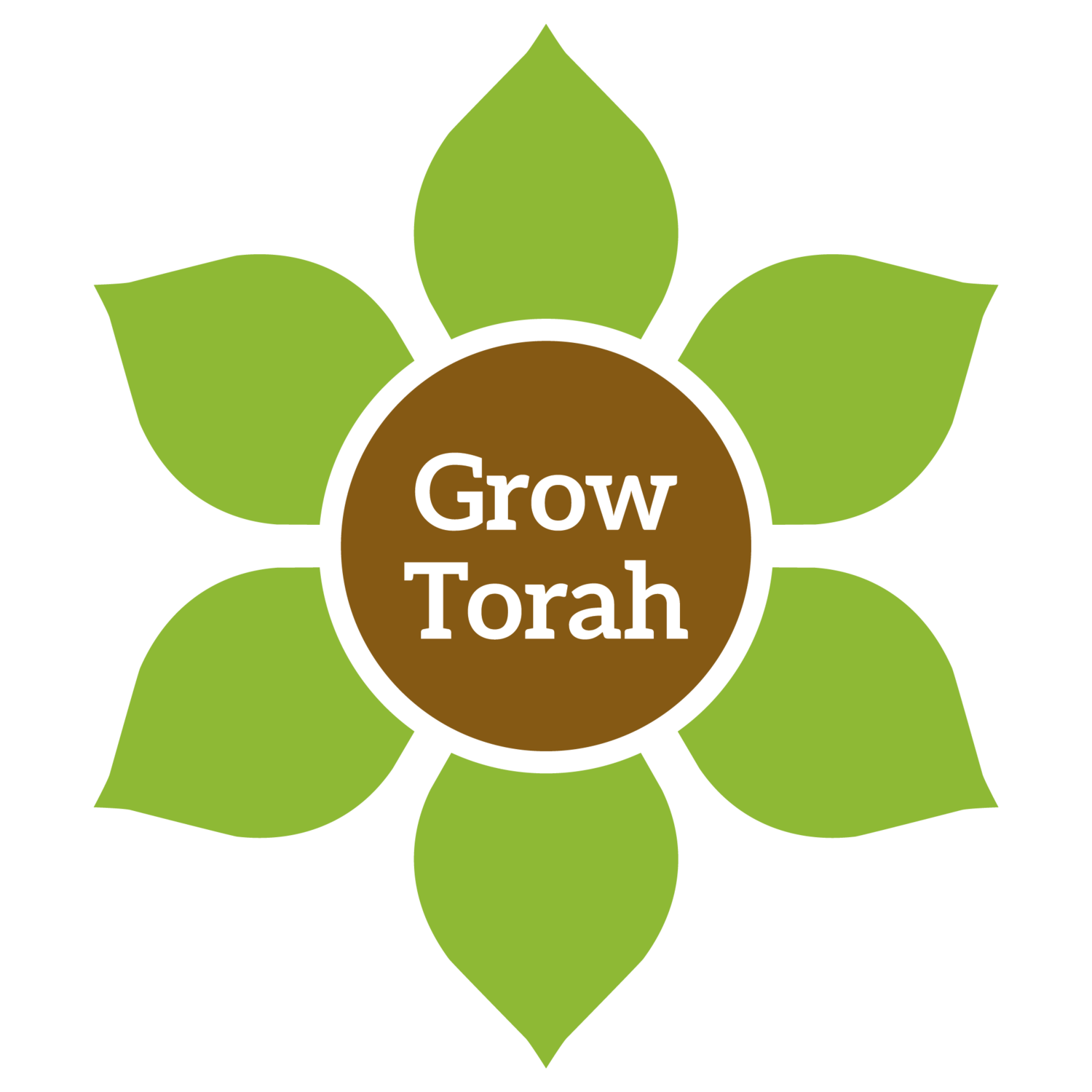Re'eh: Blessing and Curse
Original author: Rabbi Akiva Wolff. Updated Ruthie Davis, edited by Shoshi Ehrenreich
View Accompanying Source Sheet Here
Our parsha, Re’eh, begins with the following words:
Behold I set before you today a blessing and a curse; a blessing if you obey the commandments of Hashem your God, which I command you this day, and a curse if you do not obey the commandments of Hashem your God, but turn aside out of the way which I command you this day, to go after other gods, which you have not known. And it shall come to pass, when Hashem your God has brought you to the land to possess it, that you shall put the blessing upon Mount Gerizim, and the curse upon mount Eval.[1]
Nineteenth-century biblical commentator, Rabbi Samson Raphael Hirsch, saw a message with deep ecological consequences:
“Gerizim and Eval are two peaks of the Ephraim range of mountains which still show a striking contrast in their appearance. Gerizim to the south of the valley of Shechem presents a smiling green slope rising in fruit-covered terraces to its summit, Eval on the north side, steep, bare and bleak, some 2,900 ft. high, slightly higher than Gerizim. The two mounts lying next to each other form accordingly a most speaking [sic] instructive picture of blessing and curse. They both rise on one and the same soil, both are watered by one and the same fall of rain and dew, the same air breathes over both of them, the same pollen wafts over both of them and yet Eval remains in barren bleakness while Gerizim is clad to its summit in embellishment of vegetation. In the same way, blessing and curse are not conditional on external circumstances but on our own inner receptivity for the one or the other, on our behavior towards that which is to bring blessing.”[2]
Rabbi Hirsch describes how, particularly in the land of Israel, the difference between blessing and curse is evident in the physical appearance of an environment. There is a tangible relationship between the spiritual state of the land and its inhabitants and in the physical appearance and quality of the environment.
This relationship works both ways. The appearance of the land reflects its spiritual state, but we are also required to ensure that holy areas of the land are kept in appropriately high environmental states. Eretz Yisrael, due to its holiness, must be kept in a state of beauty and adornment. The holy city of Jerusalem (which is alluded to no less than 16 times in this week’s parsha as “the place that Hashem will choose”) has a higher status, vis à vis beauty and adornment, than other parts of the land of Israel. This is reflected in the Talmud in the following passage:
“And one may not establish garbage dumps in Jerusalem; and one may not build kilns in it; and one may not plant gardens and orchards (pardesot) in it, except for the rose gardens that were already there from the times of the early prophets” [4]
Kilns are understandably undesirable, because their smoke would blacken the walls, which would disgrace the city, and though we might think of gardens as beautiful, the noxious weeds that would grow and be thrown out, and manure used would cause a bad smell. As the Talmud indicates, maintaining the physical appearance and environmental quality of Jerusalem, at the bare minimum, requires the prevention of accumulated garbage, smoke, and foul odors.
Environmental nuisances such as air pollution or garbage on the sidewalks would be a violation of Jerusalem’s sanctity. The Jewish Sages, even in more recent times, were sensitive to this. For example, the Altar of Slobodka, one of the spiritual giants of a previous generation, would pick up garbage from the streets of Jerusalem, even though this would normally seem to be far below his dignity. [5] With this in mind, it is hard to imagine how we can tolerate the level of pollution so common today in Jerusalem.
But this principle does not apply only to Jerusalem and Israel. Hashem’s presence is everywhere, in greater and lesser levels of concealment. This is reflected in the amazing blessing that one says upon seeing something of exceptional beauty:
One who sees beautiful creations and good trees says the blessing: “That’s how it is for Him in His world.” [6]
Wherever we are we can work to limit pollution and litter, and to do so with a consciousness that it is Hashem’s world that we are caring for. In doing so, we will better respect the beauty inherent in nature, and merit further blessings, both spiritual and physical.
Suggested Action:
Organize or participate in a community clean-up day in your own neighborhood, and be sensitive to the waste and pollution that you generate – check out our waste calculator here.
Click here to sponsor a parsha.
Notes:
[1] Devarim 11:26-29. (Translation by the author.)
[2] Rabbi Samson Raphael Hirsch, The Pentateuch – Translation and Commentary, (Judaica Press, Gateshead, 1982). Rabbi Hirsch (1808-1888) was the intellectual founder of the Torah im Derech Eretz school of contemporary Orthodox Judaism. Rabbi Hirsch, who lived in Germany in the 19th century and never traveled to the land of Israel, apparently based his words on descriptions of the Holy land that were available in his time.
[3] Hanoi v’haNetzach by Rabbi Yehuda Shaviv in Tehumim 12, 1991, pp 472-479 (translation by the Author).
[4] Bava Kama 82b.
[5] Heard from Rabbi Yitzchak Breitowitz.
[6] Brachot 58b, Shulchan Aruch, Orach Chayim 225:10.
